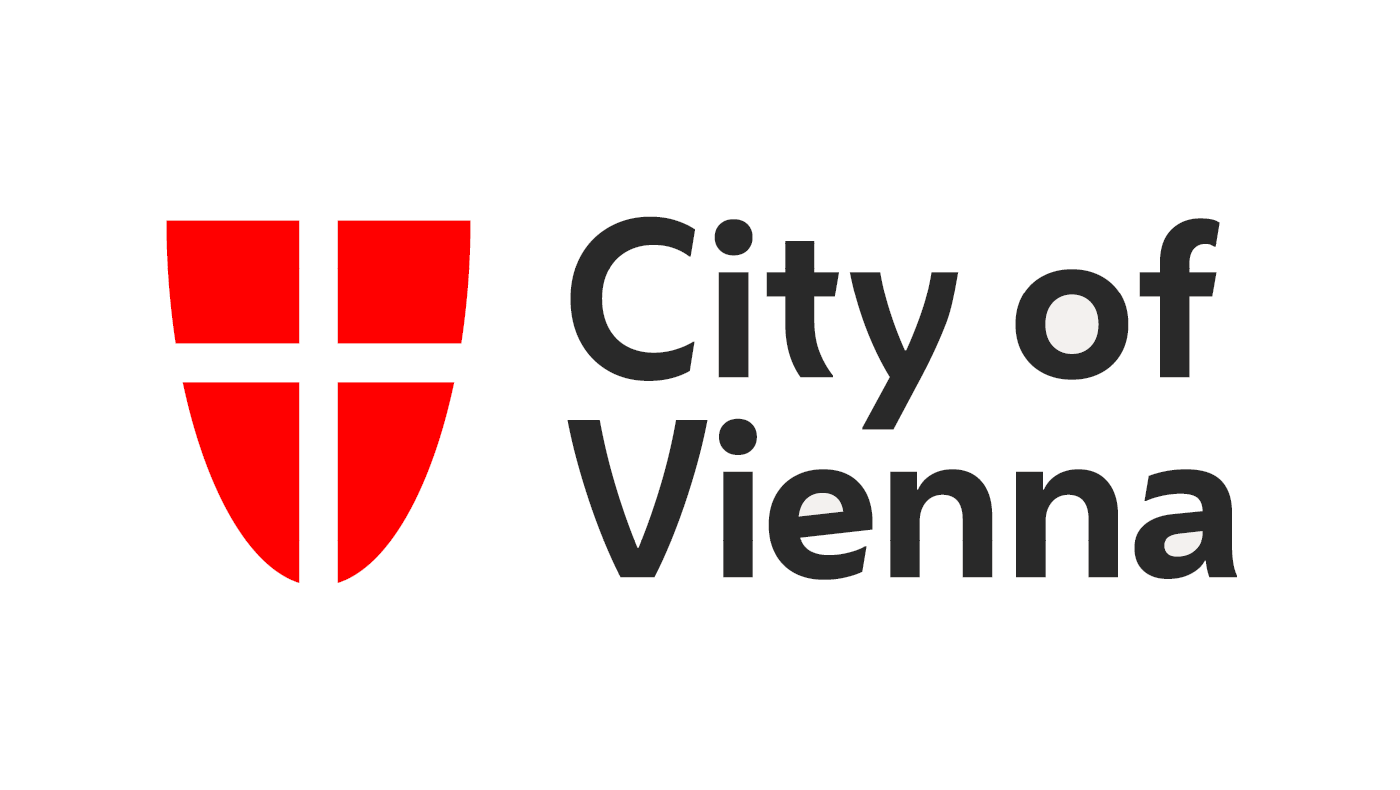While many studies only consider the efficiency-equity trade-off in health (e.g. Andersson & Lyttkens 1999; Olsen 2000; Ubel et al. 2000; Stolk et al. 2005), Fleurbaey and Schokkaert (2013) directly incorporate health in a redistribution preference function by including a ‘healthy-equivalent income’, thus addressing the health-income relationship. Health is more frequently treated as an outcome rather than as a predictor. But self-rated health status has for instance been shown to be a robust predictor of mortality (e.g. Mossey et al. 1982; Burström & Fredlund 2001) and of medicine use (Holstein et al. 2008). Pre-existing conditions have been associated with more severe infections and higher mortality rates among COVID-19 patients (Jordan et al. 2020; Xiao et al. 2021).
The COVID-19 pandemic has inflated health care needs on various levels because the viral disease has affected the infected unevenly. Hence, some of the infected were sufficiently cared for by out-patient care, while others needed in-patient treatments, with a decisive number even requiring ICU interventions. Neither medical needs nor vulnerability to disease severity are distributed equally across the population. Consequently, when studying health care in a non-clinical heterogenous sample, one ought to also estimate individual health care needs. As a result one can later gage unmet needs of populations, as well as potentially detect over-and under utilisation of health care.

